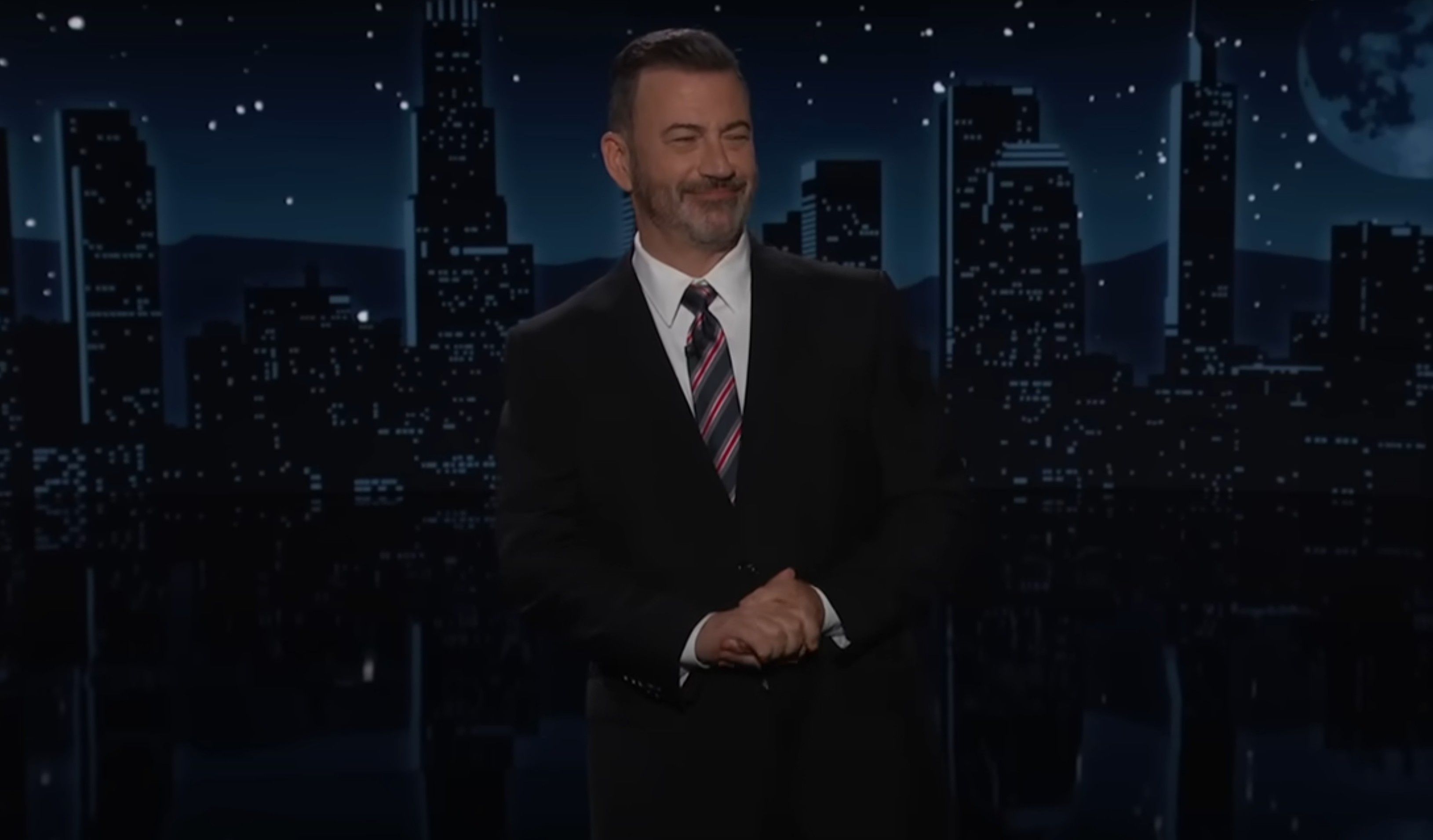The Streisand effect is alive and well in 2025. Jimmy Kimmel's return to late-night television has delivered an unexpected lesson in how censorship attempts can massively amplify digital reach, with his Tuesday comeback episode shattering YouTube viewership records while traditional broadcasters scramble to contain the fallout.
The numbers tell a story that cable executives probably don't want to hear. When YouTube becomes your primary distribution channel because traditional broadcasters are playing politics, something fundamental has shifted in how content reaches audiences. Jimmy Kimmel's Tuesday night return delivered exactly that reality check, with his 28-minute monologue addressing recent censorship controversies racking up over 19 million views - making it his most-watched segment ever on the platform. Meanwhile, traditional TV viewership hit 6.2 million viewers according to Nielsen figures reported by The New York Times, nearly quadruple his usual audience. But here's the kicker - that's despite roughly 25% of ABC affiliates, including stations owned by Nexstar and Sinclair, actively blocking the show from their broadcasts. The math is pretty stark. When you try to silence something in the traditional media landscape, audiences just find it elsewhere. And 'elsewhere' increasingly means streaming platforms that don't answer to local affiliate politics. The FCC's efforts to pressure Kimmel's platform appear to have accomplished the exact opposite of their intended effect. Instead of reducing his reach, they've amplified it exponentially. The controversy has created what media analysts call a 'must-see moment' - the kind of appointment viewing that traditional broadcasters used to bank on. But now that appointment isn't happening on their terms or their platforms. ABC finds itself in the awkward position of watching one of its flagship late-night properties succeed despite - or perhaps because of - affiliate resistance. The network's streaming strategy suddenly looks a lot more critical when a quarter of your broadcast partners are effectively boycotting your content. For YouTube, this represents another data point in their ongoing disruption of traditional media distribution. When broadcast affiliates start picking and choosing which network programming they'll carry based on political considerations, streaming platforms become the obvious fallback. The preliminary Nielsen numbers are expected to grow as delayed viewing gets counted, but the YouTube metrics are already telling the real story. Digital-first audiences aren't waiting for broadcast schedules or affiliate approval. They're going directly to where the content lives. The irony isn't lost on media observers. A party that positions itself as defending 'free speech' has inadvertently demonstrated exactly how that speech finds its way around traditional gatekeepers. When 20% of ABC affiliates 'bend the knee' to pressure campaigns, as one industry insider put it, they're not silencing controversial content - they're just redirecting it to platforms they can't control. This episode might mark a turning point for how late-night television thinks about distribution. If you can get 19 million views on YouTube while traditional TV networks are playing political games with your content, why prioritize the traditional route at all?






